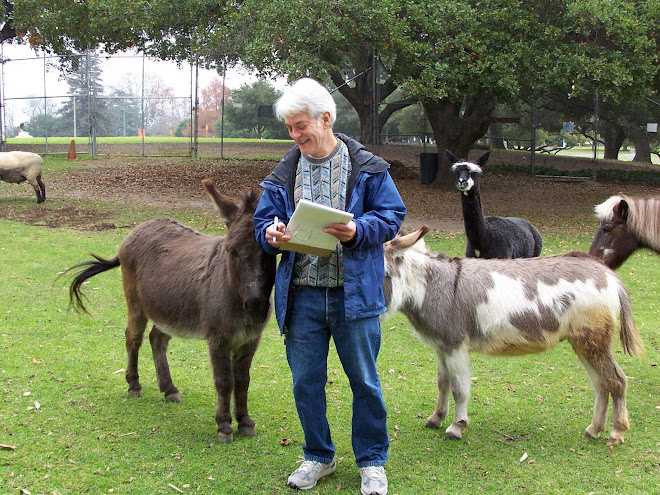
Kevin Moen to Richard Rodgers to Dwight Garner to Rogers to Mariet Ford to Moen, who ran over Stanford trombone player Gary Tyrell.
If you're a Cal fan, these are the sweetest words in the English language. If you're a Stanford fan, they're the bitterest.
I'm talking, of course, about The Play, which Joe Starkey, who was calling the game on radio that day, described as "the most amazing, sensational, dramatic, heart-rending, exciting, thrilling finish in the history of college football."
And that was an understatement.
It was the climax of the 1982 Big Game, which was a terrific game even before The Play. John Elway had just made one of his patented last-minute drives, putting his team in position to kick the field goal that put Stanford ahead, 20-19, with only four seconds left on the clock.
But we all know what happened on the ensuing kickoff. The Cal players kept lateraling the ball back and forth until Moen was in the Stanford end zone, along with most of the Stanford band. Final score: Cal 25, Stanford 19.
That is, if you're a Cal fan. Whenever Stanford wins the Axe, they change the 1982 score on the trophy from "California 25, Stanford 20" to "California 19, Stanford 20." (The Cal rally committee changes it back again when Cal wins the trophy.)
After the game, the Cal players explained that they had used a drill their coach, Joe Kapp, had taught them called grabasse (pronounced "gruh-BOSS," in the French manner), which is essentially a game of keep-away.
Twenty-six years later, Stanford fans are still bitter. I saw Elway being interviewed on ESPN last week, and he said, "I don't think a touchdown can be scored when you have the whole band on the field."
Speaking for Cal fans everywhere, I can only reply: Whose band was it, anyway?
It's nice to know it still hurts. The Germans have a word, "schadenfreude," which means delight in the suffering of others.
Every time I think of The Play, I wallow in schadenfreude.
And it's the gift that keeps on giving. Only a few weeks ago I found out who actually invented "grabasse," and my source is none other than Coach Joe Kapp himself.
It turns out that The Play had its origins in a drill created 30 years earlier, but not by a football coach.
The inventor was Cal's legendary basketball coach, Pete Newell, the man who took the Bears to their only NCAA championship in 1959.
"He ran very tight practices," said Kapp, who played both football and basketball when he was an undergrad. (He was the quarterback of the 1958 football team, the last Bears squad to go to the Rose Bowl.)
"So every once in a while, to give us a break, he'd blow his whistle and say, 'Grab ass!' And we'd start passing the ball back and forth as quickly as we could without letting it touch the ground.
"One day, a couple of faculty members were sitting in the stands at Harmon Gym during a practice, and they called the coach over and said, 'Coach Newell, can't you find a more dignified term than 'grab ass?'
"Coach Newell thought for a moment and then said, 'OK, from now on it's 'grabasse!'"
And the rest is history.
Footnote: I need to make a correction to the column I wrote a few weeks ago about the 50th reunion of the 1958 football team, when I speculated that they secretly might be happy to be Cal's last Rose Bowl team.
"Not true, and I can prove it," said Kapp, "In 1981 I swore never to drink tequila again until Cal goes back to the Rose Bowl, and not a drop has touched my lips since then."
Memo to Jeff Tedford: Let's pull out all the stops to get to the Rose Bowl next year, OK? This man has suffered long enough.















